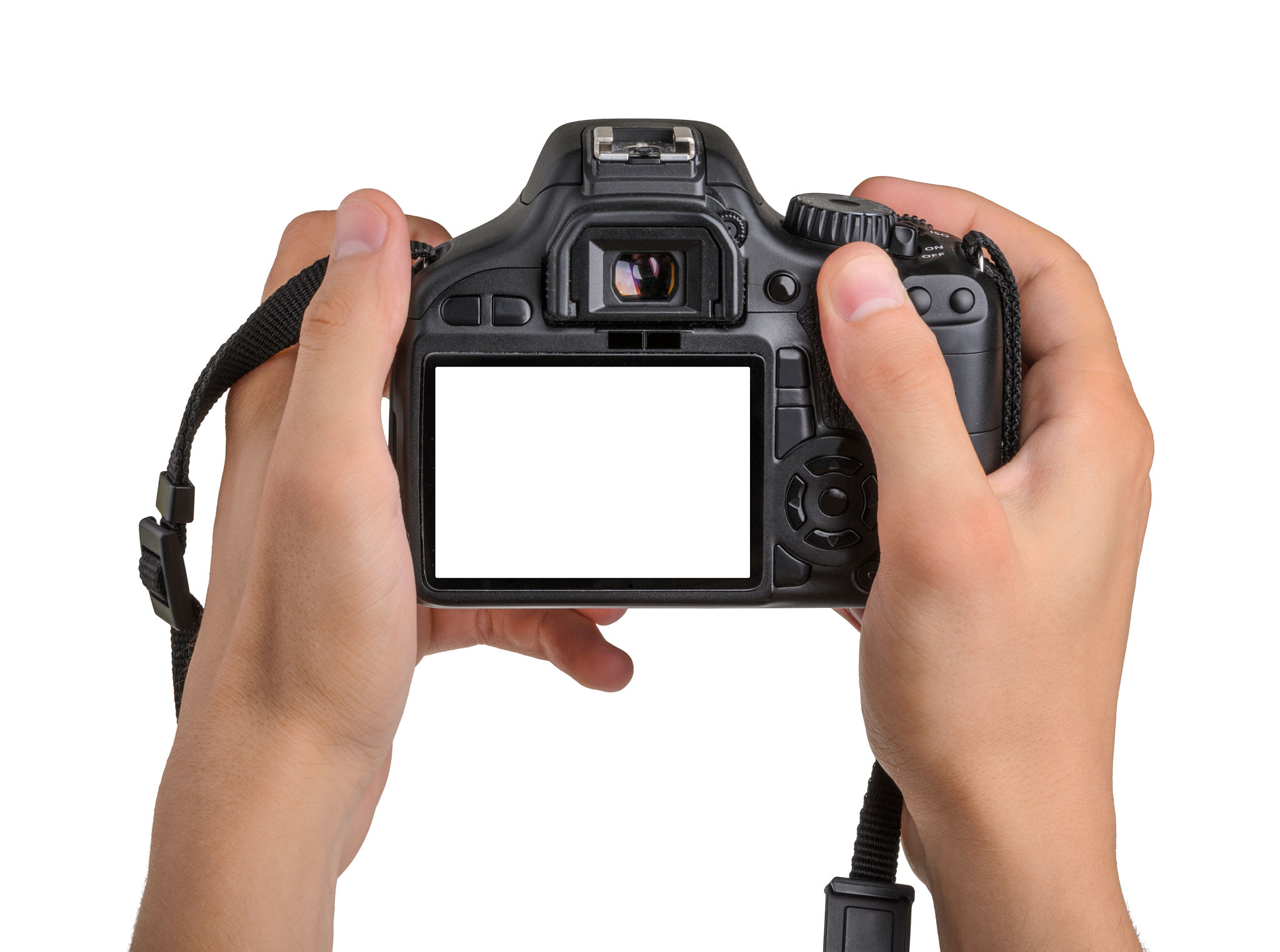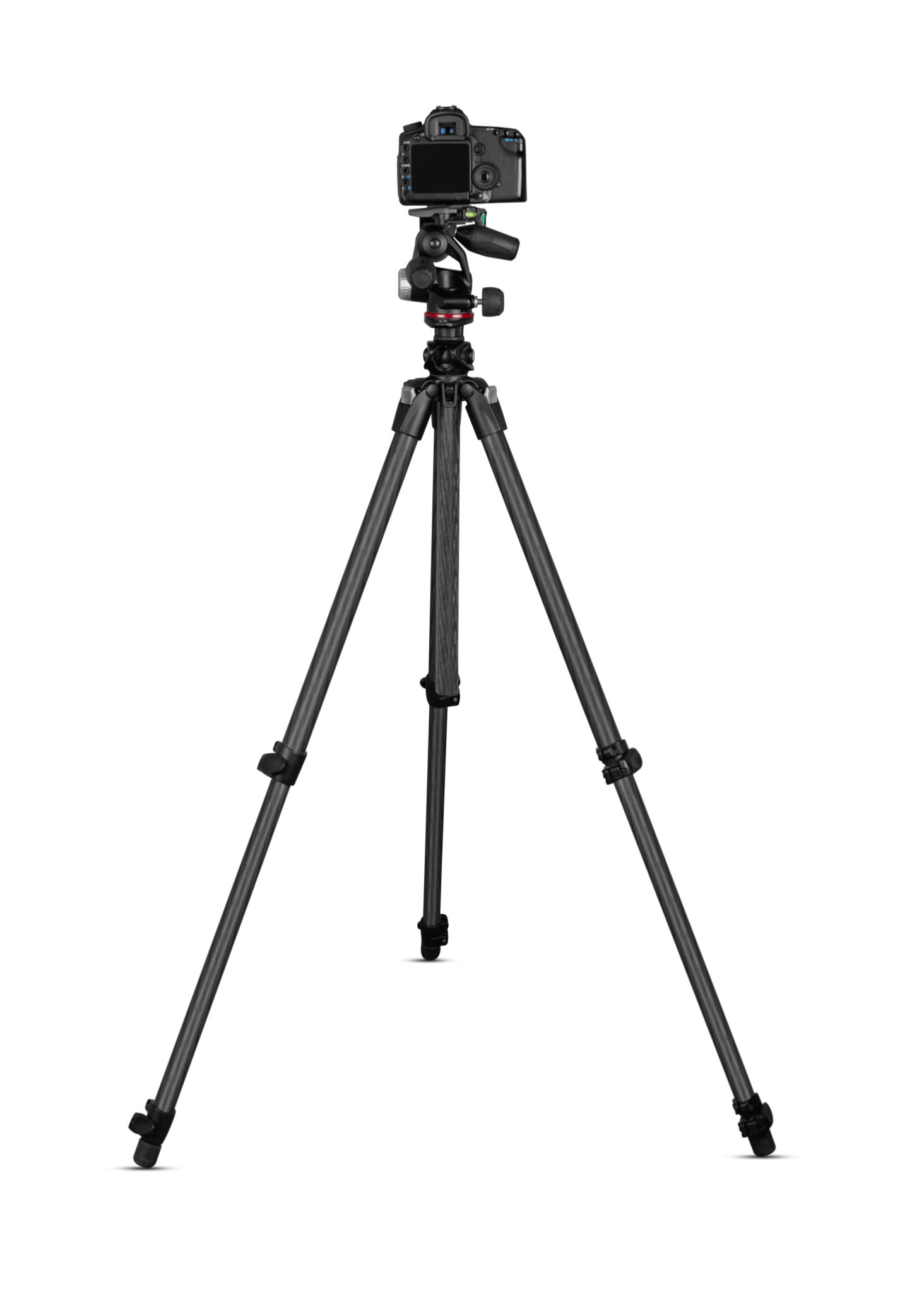Common Photography Mistakes and How to Avoid Them
Understanding Exposure
One of the most common mistakes in photography is improper exposure. Whether it's underexposed or overexposed, getting the right balance is crucial to capturing a stunning image. Exposure is controlled by three main elements: ISO, aperture, and shutter speed. Understanding how these components interact can significantly improve your photography.

To avoid exposure issues, always start by assessing the lighting conditions. Use your camera’s built-in light meter to gauge the correct exposure. Additionally, practicing in different lighting environments will help you learn how to adjust these settings quickly and efficiently.
Composition Errors
Composition is what makes an image aesthetically pleasing. However, many photographers fall into the trap of poor composition. One common mistake is neglecting the rule of thirds, which involves dividing your frame into nine equal segments and placing the subject along these lines or their intersections.
Another frequent error is including too much in a frame. Cluttered images can distract from your main subject. Instead, focus on keeping your composition simple and clear, ensuring that the viewer's attention is directed where you intend it to go.

Avoiding Blurry Images
Blurry images can be disappointing, especially if you’ve captured a perfect moment. This usually happens due to camera shake or incorrect focus. To avoid this, use a tripod or stabilize your camera whenever possible. Additionally, consider using a faster shutter speed to freeze motion effectively.
When it comes to focusing, ensure that your camera is set to the appropriate focus mode for your subject. For stationary subjects, single-point autofocus works well, while continuous autofocus might be better for moving subjects.

Ignoring White Balance
White balance determines the color temperature of your photos and plays a vital role in ensuring that colors appear natural. Many photographers overlook this setting and end up with images that have an unwanted color cast.
To avoid white balance issues, familiarize yourself with your camera's white balance settings. Most cameras have presets for different lighting conditions like daylight, cloudy, and tungsten. Experiment with these presets and even try setting a custom white balance for more precise control.
Overediting Photos
In the digital age, editing software offers powerful tools to enhance images. However, a common pitfall is overediting, which can result in unnatural-looking photos. Overuse of filters, excessive saturation, and unrealistic HDR effects are typical examples.
To maintain a natural look, aim for subtle adjustments that enhance rather than overpower the original image. Focus on improving aspects like exposure, contrast, and sharpness while maintaining the integrity of the scene you captured.

Neglecting Backgrounds
A cluttered or distracting background can take away from the main subject of your photo. Always pay attention to what's behind your subject before snapping a picture. A busy background can be simplified by changing angles or using a wider aperture to blur it out.
Alternatively, positioning your subject against a plain backdrop can make them stand out more prominently in the frame.
Lack of Practice and Experimentation
Lastly, one of the biggest mistakes is not practicing enough. Photography is an art that improves with experience and experimentation. Don’t be afraid to try new techniques or shoot in different conditions to broaden your skills.
Join photography groups or challenges to keep motivated and receive constructive feedback from fellow photographers. The key to becoming a better photographer lies in continuous learning and practice.
